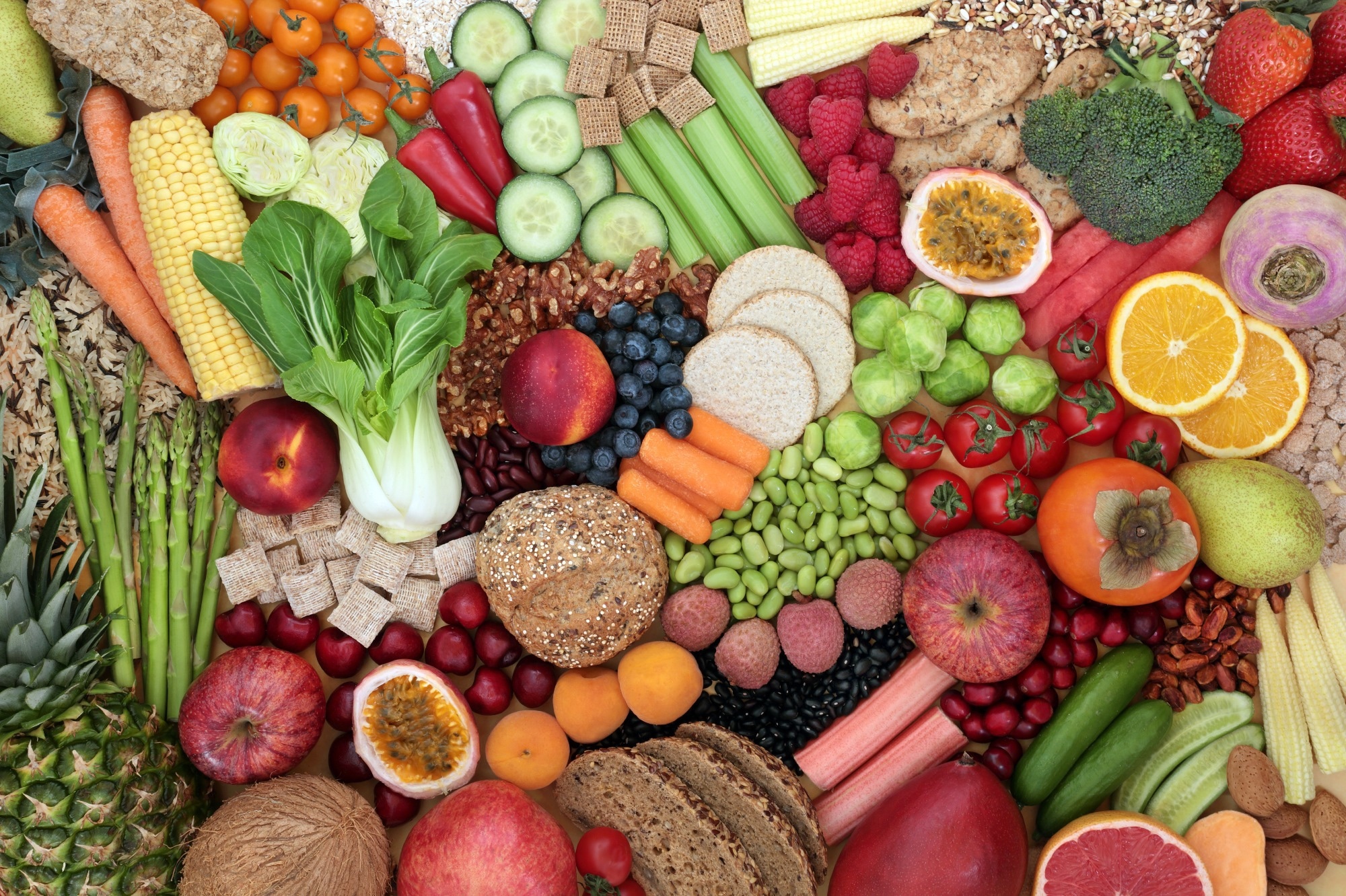In a recent study published in Nutrients, researchers assessed the socioecological variables affecting older people's intake of anthocyanin-rich foods.
 Study: “I Always Buy the Purple Ones … If I See Them”: Socioecological Factors Influencing Anthocyanin-Rich Food Consumption for Cognitive Health in Older Adults. Image Credit: marilyn barbone/Shutterstock
Study: “I Always Buy the Purple Ones … If I See Them”: Socioecological Factors Influencing Anthocyanin-Rich Food Consumption for Cognitive Health in Older Adults. Image Credit: marilyn barbone/Shutterstock
Background
More habitual intake of anthocyanin-rich foods is correlated to improved memory in older persons with moderate cognitive impairment (MCI) who are at elevated risk for experiencing dementia. Specifically, fruits like cherries, plums, and blueberries have demonstrated the potential for enhancing cognitive and vascular function. It is necessary for future clinical trials that perceptions of increasing intake of a single group of polyphenol-rich foodstuffs, like purple anthocyanin-rich meals, be investigated. Although the potential obstacles and enablers impacting older persons' perceptions of consuming more anthocyanins may differ from those affecting more comprehensive alterations in total dietary patterns, additional clarification is required for potential cognitive advantages.
About the study
In the present study, researchers investigated the attitudes of older persons regarding increasing their intake of anthocyanin-rich foods for better cognitive health.
This study involved Australian residents who were at least 65 years old and fluent in English. A convenience sample of older persons was recruited by distributing a flyer online and sending it via email to relevant community cohorts and health practitioners coordinating with older adults. Contacted by the study team, potential volunteers were given a participant information sheet along with a consent form.
All participating individuals attended an information session undertaken by a nutritionist from the public health department. The session presented the concept of anthocyanin-rich foods, addressed the types and main sources of anthocyanin-rich foods, clarified the association of anthocyanins with cognitive function, and answered questions asked by participants. After the educational session, research team members mailed an information and recipe book called "Purple Food for Thought" to every participant.
At the conclusion of the two-week period, all participants were emailed a short online survey that obtained demographic data and answered three multiple-choice questions regarding food purchase and cooking in the household. Additionally, participants were questioned about the "Purple Food for Thought" book's layout, aesthetic appeal, and utility.
Results
The older individuals in the sample were of an average age of 69±2.8 years, ranging between 65 and 75 years, while slightly more than half were female. About half of the participants self-reported having a handicap or health condition that affected their everyday lives. More than half of the participants were responsible for the bulk of their household's food shopping decisions, whereas the majority of the cooking was performed by the remaining participants. Three-quarters of the participants shopped at fruit and vegetable stores, and more than half consumed vegetables grown in their own gardens.
The participants reported a variety of hurdles that prevent them from increasing their intake of purple foods rich in anthocyanins to promote cognitive health. Individually, monetary constraints, low willingness to create difficult dishes, personal food preferences, and previous eating patterns were recognized as hurdles to adopting a diet richer in anthocyanin-rich food items. The book "Purple Food for Thought" provided participants with a variety of options for increasing their consumption of anthocyanin-rich foods, such as intaking green apples instead of red apples. However, when addressing their efforts to replace their regular purchases with anthocyanin-rich alternatives, some participants indicated that the additional cost of anthocyanin-rich alternatives limited their food budget.
Some individuals also reported that they disliked the flavor of several foods rich in anthocyanins. These characteristics were associated with the participants' dietary preferences and unfamiliarity with certain anthocyanin-rich foods. Although some participants claimed to be adventurous eaters and cooks, it was often stated that other individuals in their age cohort would be less open to embracing dietary alterations. Some participants stated that the food preferences of their family and household prevented them from purchasing and preparing anthocyanin-rich meals.
While the majority of participants cited food accessibility as an issue, some reported that they had no trouble obtaining anthocyanin-rich foods, with many purple items readily available in large supermarkets and markets. Individual-level hurdles included low motivation for preparing meals in some participants and unfamiliarity with different anthocyanin-rich vegetables and fruits. As a result, participants suggested that attempts to promote consumption at the individual level should attempt to make simple dietary adjustments.
Conclusion
The study findings showed that older persons are confronted with a variety of obstacles and enablers when attempting to improve their intake of anthocyanin-rich foods for improving cognitive well-being. Individual as well as household preferences, along with established behaviors and habits, and the accessibility to anthocyanin-rich foods have a significant impact on the capacity of older persons to undertake an anthocyanin-rich diet. These findings suggest that targeted education regarding the benefits of cognitive health due to anthocyanin-rich foods could be provided via community networks, while population-level messaging could effectively promote anthocyanin-rich foods.